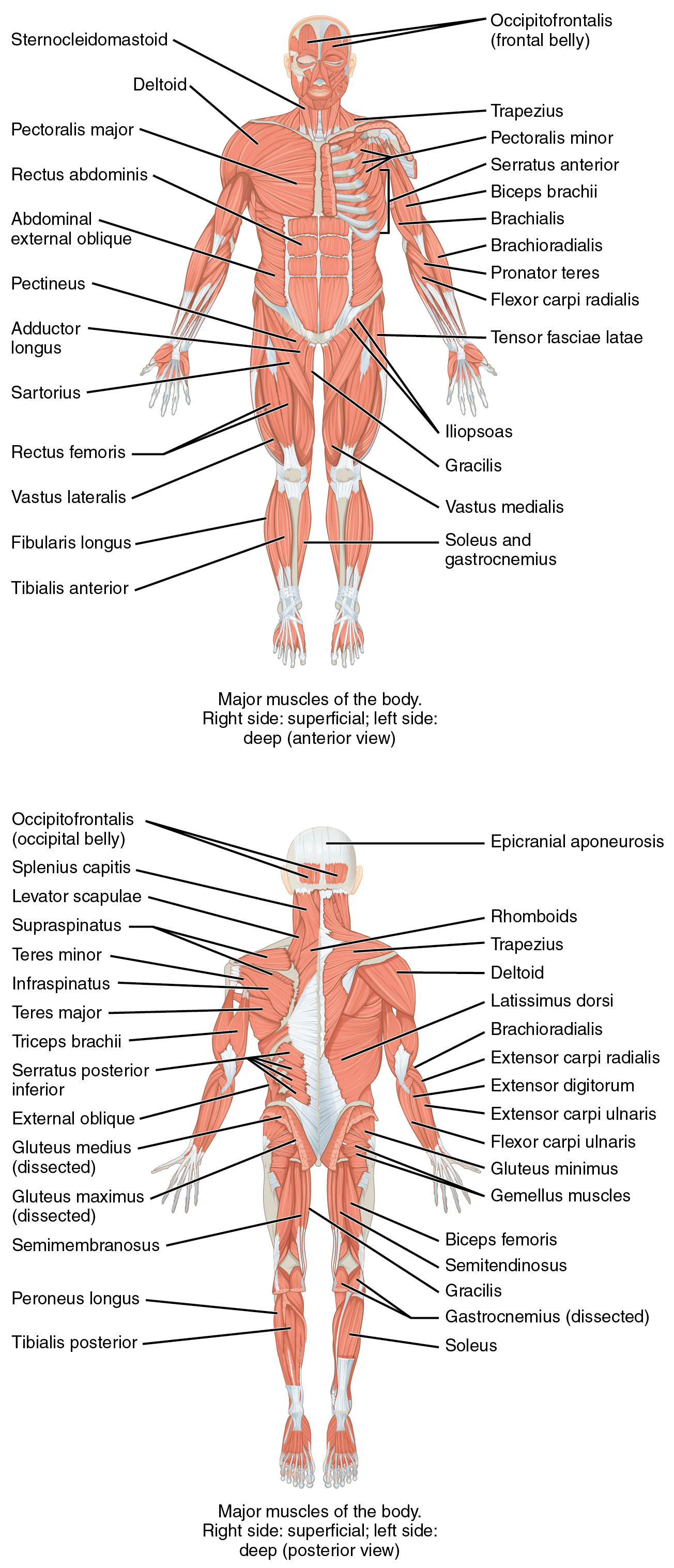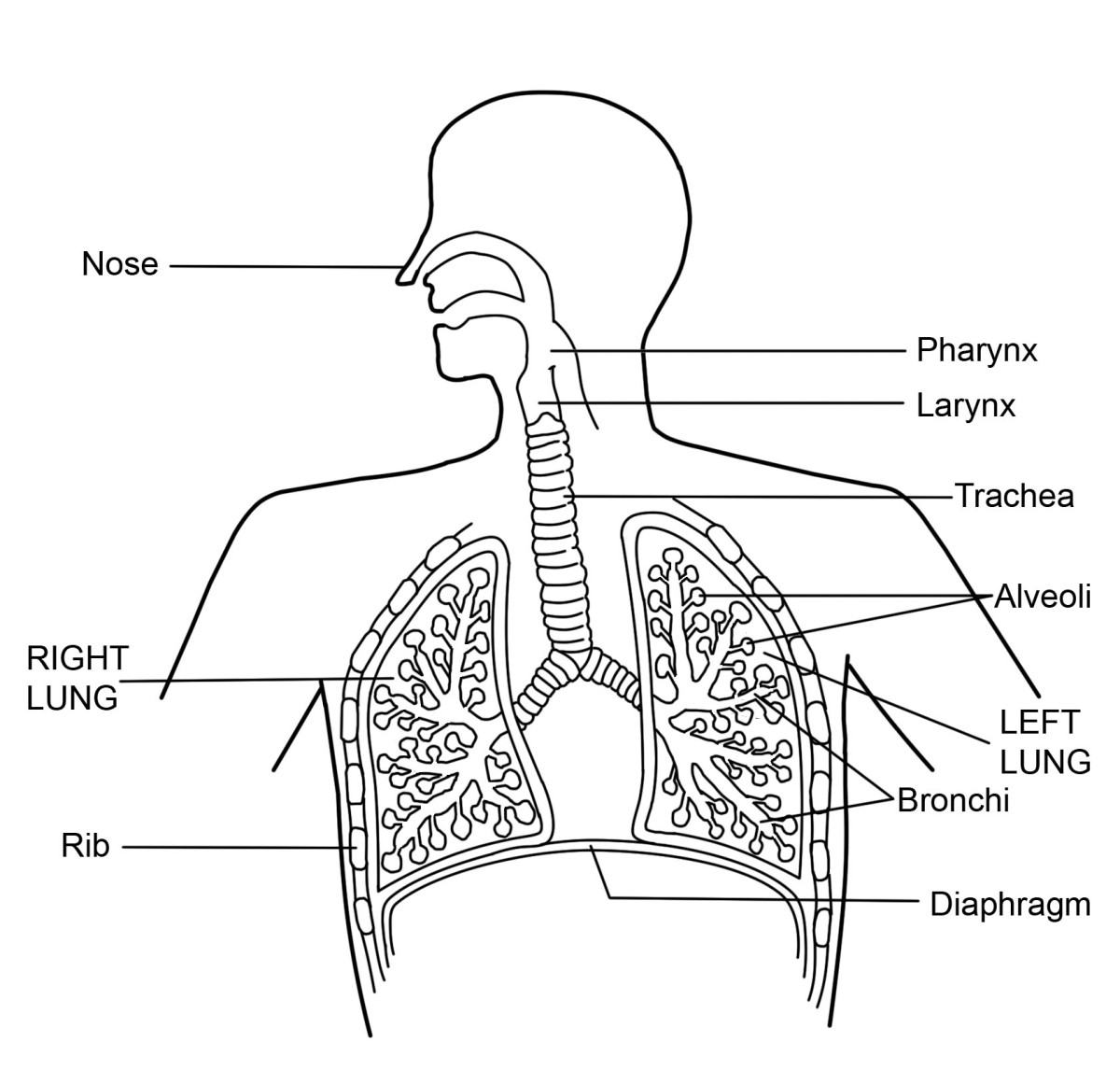43 anatomical position with labels
Anatomical Position and Directional Terms | Anatomy and Physiology The anatomical position is a standing position, with the head facing forward and the arms to the side. The palms are facing forward with the fingers extended, and the thumbs are pointing away from the body. The feet are spaced slightly apart with the toes pointing forward. Anatomical Terms of Location - Anterior - TeachMeAnatomy Pectoralis major lies anterior to pectoralis minor. The triceps are posterior to biceps brachii. The patella is located anteriorly in the lower limb. Superior and Inferior. These terms refer to the vertical axis. Superior means 'higher', inferior means 'lower'. The head is superior to the neck; the umbilicus is inferior to the sternum.
Anatomical Position: Body Planes and Sections - EZmed The correct anatomical position is the following: Standing upright Head and eyes directed straight ahead Upper limbs hanging down at the sides Upper limbs slightly away from the trunk so the hands are not touching the sides Palms facing forward Thumbs pointing away from the body Lower limbs together Feet flat on the ground facing forward

Anatomical position with labels
Anatomic Positions - dummies Posterior: Back, or toward the back. Dorsal: Back, or toward the back (think of a whale's dorsal fin) Ventral: Front, or toward the front (think of an air vent) Lateral: On the side, or toward the side. Medial/median: Middle, or toward the middle. Proximal: Nearer to the point of attachment (such as the armpit) Distal: Farther from the point ... Anatomical Position and Directional Terms - EZmed Anatomical Directional Terms: Labeled diagram showing inferior, defined as below or away from the head. Superior (Cranial) and Inferior (Caudal) Superior and inferior also go by different names. Another name for superior is cranial, which makes sense because we are moving toward the cranium or head. Another name for inferior is caudal. Anatomical Positions (labeling) Diagram | Quizlet front side dorsal, posterior back side, behind deep far from the surface, inside superficial near the surface proximal closer to the trunk or point of attachment distal further from the trunk or point of attachment lateral toward the side medial toward the middle inferior below supine lying on back facing up prone lying on front, face down
Anatomical position with labels. Anatomical Planes of Body | What Are They?, Types & Position In Body Mainly these body planes are used in human anatomy to describe the direction and location of body structures. A human body in the anatomical position is described with the help of a coordinate system, which includes three-axis (X, Y, and Z). The X-axis is going from left to right, Z-axis from front to back, and Y-axis from up to down. In anatomical PDF BIO 113 LAB 1. Anatomical Terminology, Positions, Planes, and Sections ... standard position called the anatomical position. In the anatomical position, the human body is erect, with head and toes pointed forward and arms hanging at the sides with palms facing forward (see Figure 3). ACTIVITY 1 . Demonstrating the Anatomical Position . Stand, and assume the anatomical position. Notice that it is not particularly ... Anatomical Position and Labels Flashcards | Quizlet Start studying Anatomical Position and Labels. Learn vocabulary, terms, and more with flashcards, games, and other study tools. Anatomical Position: Definitions and Illustrations - ThoughtCo Anatomical Positions The four main anatomical positions are: supine, prone, right lateral recumbent, and left lateral recumbent. Each position is used in different medical circumstances. Supine Position Copyright Evelyn Bailey Supine position refers to a horizontal position with the face and upper body facing up.
Skeletal System - Labeled Diagrams of the Human Skeleton With the exception of the singular sacrum and coccyx, each vertebra is named for the first letter of its region and its position along the superior-inferior axis. For example, the most superior thoracic vertebra is called T1 and the most inferior is called T12. Ribs and Sternum The Human Body's Anatomical Position - QD Nurses The human body's standard anatomical position is described as follows: the body is in an erect position, facing towards the observer, directed forward, and feet flat on the ground. The arms are at the side of the body, palms forward and feet together. Anatomical Orientation and Directions | Human Anatomy and Physiology ... A feature that is posterior to another is closer to the back of the body when the body is in anatomical position. Ventral/Dorsal -Equivalent to belly-side and back-side of a body in anatomical position. For a human in anatomical position, this pair of terms is equivalent to anterior and posterior. However, for four-legged animals in what is ... Free anatomy quiz worksheets: Learn anatomy faster! | Kenhub Free anatomy quizzes and labeling worksheets: Learn anatomy faster! Author: Molly Smith DipCNM, mBANT • Reviewer: Dimitrios Mytilinaios MD, PhD. Last reviewed: January 25, 2022. Reading time: 9 minutes. Here at Kenhub, we're big advocates of using anatomy quizzes to learn about the structures of the human body.
Anatomical Directional Terms and Body Planes - ThoughtCo Bilateral: Involving both sides of the body Unilateral: Involving one side of the body Ipsilateral: On the same side of the body Contralateral: On opposite sides of the body Parietal: Relating to a body cavity wall Visceral: Relating to organs within body cavities Axial: Around a central axis Intermediate: Between two structures Anatomical Position: What Is It, Significance, Regions ... - Osmosis Standard anatomical position of the human body consists of the body standing upright and facing forward with the legs parallel to one another. The upper limbs, or arms, hang at either side and the palms face forward. If the body is lying flat instead of standing upright, with the same positioning of the limbs, it is known as the supine position. Anatomical Position - Definition and Function | Biology Dictionary In standard anatomical position, the head is the most superior part of the body, and the feet are the most inferior. Medial-Lateral Lateral describes the parts of the body that are toward the sides, while medial describes the middle of the body. If a part of the body is lateral, it can mean left lateral or right lateral. Anatomical Position and Planes | Human Anatomy and Physiology Lab (BSB ... Anatomical position for a human is when the human stands up, faces forward, has arms extended, and has palms facing out. Figure 1-1. These two people are both in anatomical position. When referencing a structure that is on one side of the body or the other, we use the terms "anatomical right" and "anatomical left."
Cartoon to remember the position of the ... - Anatomical Structures The idea for this presentation was given by prof. Andrzej Baranski, surgeon at Leiden University Medical Center (LUMC), the Netherlands. The image was created at the dept. of Anatomy and Embryology of LUMC. Anatomical structures in item: Ligamentum hepatoduodenale Vena portae hepatis Arteria hepatica propria Ductus biliaris Hepar

After Bizarre 911 Call, Detroit Police Try To Identify Abandoned Human Organ Likely Flushed Down ...
Identifying Anatomical Position and Body Planes - dummies 1. Sagittal 2. Transverse 3. Frontal Answers The figure should be labeled as follows: 1—B (transverse) 2—A (sagittal) 3—C (frontal) About This Article This article is from the book: Anatomy & Physiology Workbook For Dummies with Online Practice, 3rd Edition About the book authors:
Anatomical Position Quiz Questions And Answers - ProProfs To be in an anatomical position, the body position must include: A. Feet together and flat on the floor. B. Palms against the sides of the body. C. Face facing forward. D. A and C E. A, B, and C Sample Question Which answer describes the "Anatomical Position?" Standing erect, facing the observer, arms at the side, and palms facing to your side
Anatomical Body Landmark for Nursing - RNpedia The correct anatomical position is standing up (erect) with the feet parallel and the arms hanging at the sides with the palms facing forward and the thumbs pointing away from the body. Body Landmarks To precisely point out the chief complaint of a patient, the nurse or physician uses anatomical terms representing a certain body part.
Anatomical Body Planes - Science Trends Examples of these anatomical terms used to label body structures include the axial skeleton, the median cerebral artery, the posterior and anterior pituitary, and the inferior and superior vena cava. Prefixes and suffixes are also used to indicate the position of anatomical structures within the body. The parathyroid glands have the prefix Para ...
Directional Terms Quiz Anatomy and Physiology - Registered Nurse RN This quiz will cover directional terms such as superior and inferior, lateral and medial (and intermediate), proximal and distal, anterior and posterior, and superficial and deep. Don't forget to watch the anatomical position and directional terms lecture on YouTube, as well as our article on the directional terms for anatomy.



Post a Comment for "43 anatomical position with labels"